Bibliography
In our quest for seductive cities, we read a lot of books and watch documentaries. We like to share the ones that really inspire us with you.
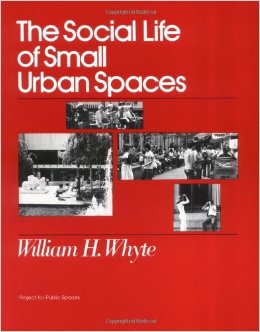
The social life of small urban spaces
William H. Whyte
This book is a classic. It shows which places in cities are loved and why people are so fond of them. William H. Whyte studied together with his team the small urban places. Places where people sit in the sun during their lunch breaks. Places where people take a seat to watch other people pass by. Places where parents go to with their children to let them play.
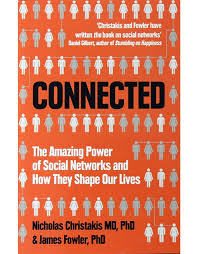
CONNECTED
The Amazing Power of Social Networks and How They Shape Our Lives
Nicholas Christakis MD, PhD
& James Fowler, PhD
Humans are social animals. What we do and how we feel is of influence on the people around us, but also on our friends’ friends. This book describes the way networks function between people. The shape they take and the power they have.
This book is of importance for Seductive Cities as it teaches us how we can use social structures to improve cities. It also shows that making cities more attractive will strengthen social networks and create happier urbanists.
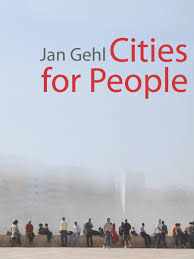
Cities for People
Jan Gehl
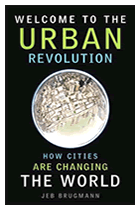
Jeb Brugmann
Cities are important. Of course, we know that. But this books shows us precisely to which extend.
With examples from all over the world, Jeb Brugmann illustrates how cities create chances, networks, and benefits. The book covers all levels, from the life in the street to city-planning. With stories of local people, you get immediately the understanding what the effect of decisions is on people’s day to day life.
Cities play a crucial role in the 21st century’s challenges. This book shows us that to improve our future, we need to improve our cities.
http://jebbrugmann.com/latest-book
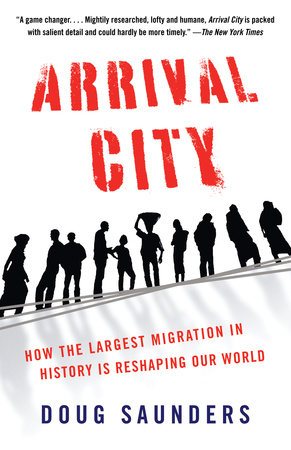
Arrival City
Douglas Saunders
publisher Alfred A. Knopf Canada 2010
Cities attract people. This book discusses the reasons for people to move to cities. How cities enhance their chances. The most successful arrivals happen through a system of informal networks. City planning and governments play a role in this process. It’s important to understand the interaction between planned policies and unplanned dynamics. Good intentions can play a facilitating or obstructing role in how these networks can operate. Understanding this will thus influence how successfully people can start their new life in the city.
